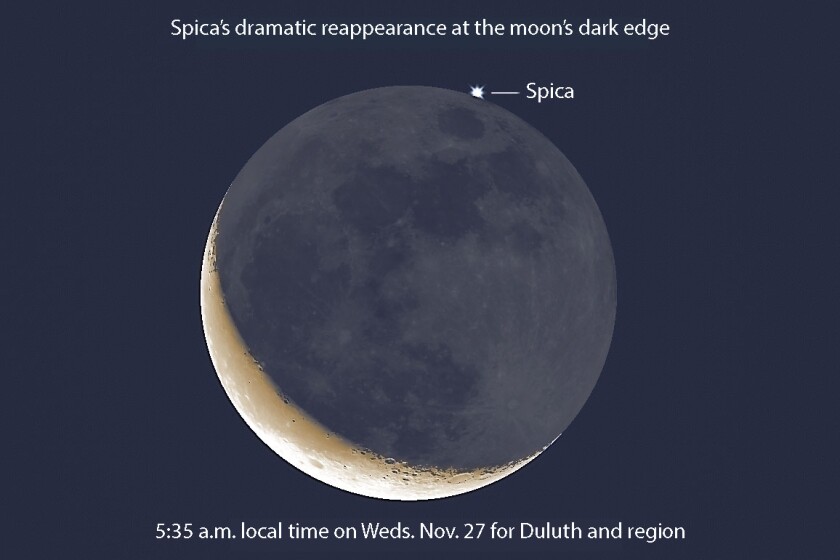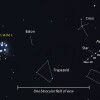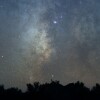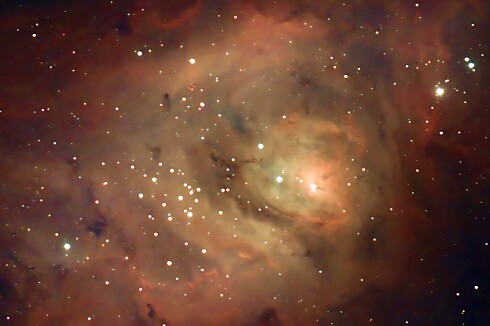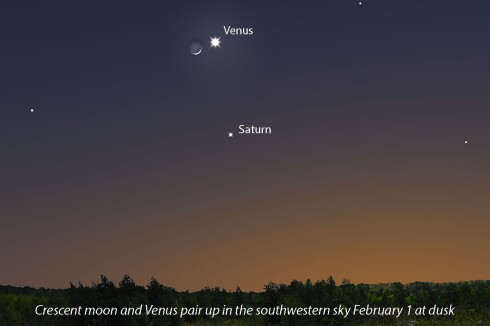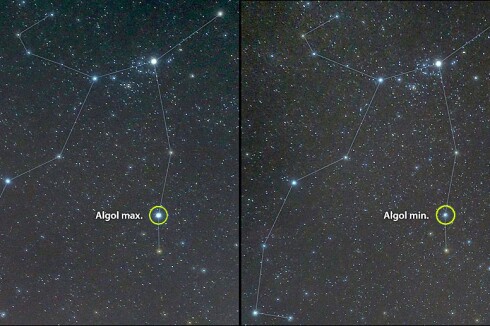We're in for a treat, and the weather looks like it will cooperate. On Wednesday morning, Nov. 27, the waning crescent moon will briefly cover and then uncover the star Spica, a blue-white luminary in the constellation Virgo. All you need are your eyes or a pair of binoculars to enjoy the sight.
You're probably already familiar with conjunctions. That's when the moon slides very close to a bright planet or star. Imagine a conjunction so close that the moon passes directly over the object and completely hides it from view. Those perfect alignments are called occultations.
ADVERTISEMENT
The moon passes over dimmer stars all the time, but bright-star occultations are uncommon because only four bright stars lie close enough to the moon's path to be occulted — Regulus, Spica, Antares and Aldebaran. Each has an occultation "season," when the moon regularly covers them from different locations on the planet over the span of a couple years.
It's Spica's turn right now, and the circumstances couldn't be better. All of North America, with the exception of the West Coast states, will see the star reappear at the moon's dark edge on Wednesday. Observers in the eastern half of the U.S. will also see Spica disappear at the bright lunar limb about an hour prior.
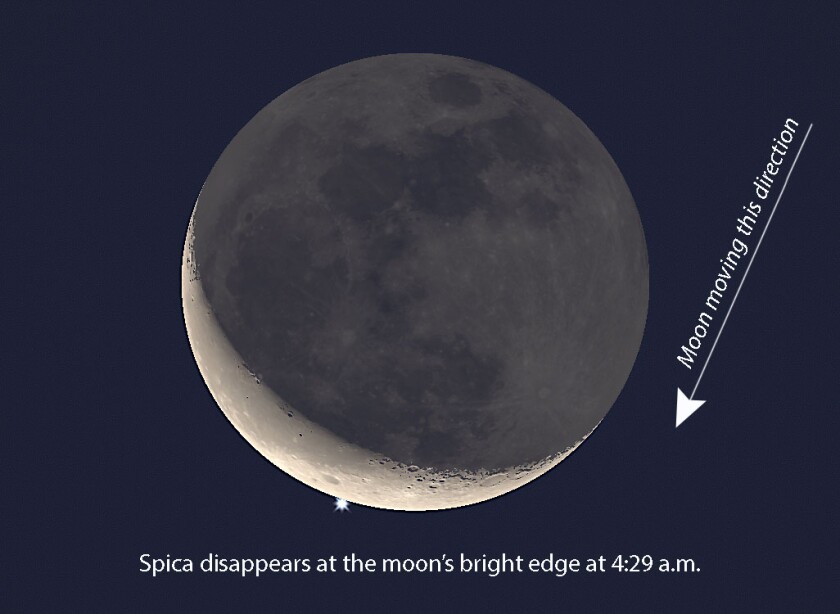
From Duluth, the encroaching moon will blank out the star at 4:29 a.m. local time. To see it, you'll need 50mm or larger binoculars (a small scope is better) and a clear view to the southeast because the moon will be just 5 degrees above the horizon.
Spica's disappearance, while fun and instructive to watch, won't equal the surprise of seeing it reappear on the other side of the moon at 5:35 a.m. A star suddenly emerging from darkness is visually more dramatic compared to its disappearance at the moon's bright edge. Spica's return also happens when the moon is higher in the sky, making it much easier to see.
Don't live in the region? You can find out exactly when Spica disappears and reappears for your location at the International Occultation Timing Association's website devoted to the event. It includes an extensive list of cities and times. Find a city near you and convert the times shown from UT (Universal Time) to your local standard time. For the Eastern Time Zone, subtract five hours; six hours for Central; seven hours for Mountain and eight hours for Pacific.
For example, if you live in Minneapolis, Spica will blink out at 10:27:52 UT and reappear at 11:34:12 UT. Subtract 6 hours to get 4:27:52 a.m. and 5:34:12 a.m.
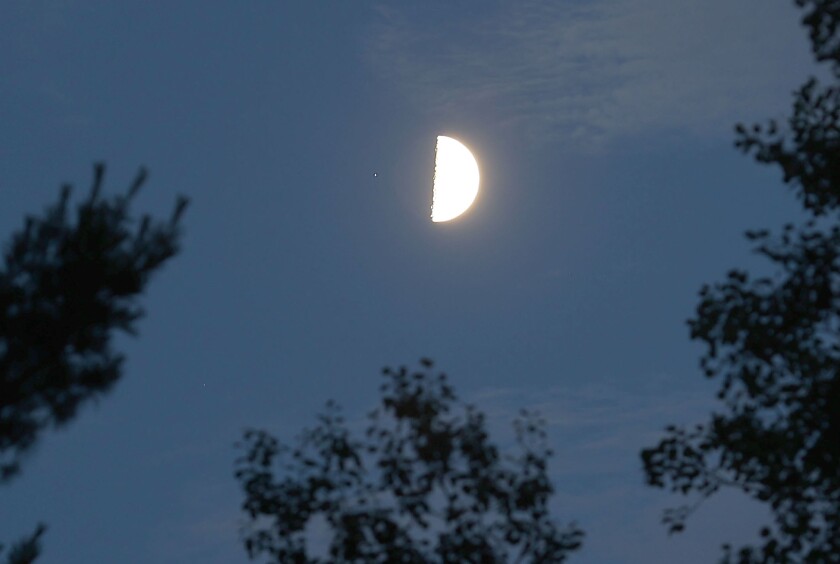
When Spica reappears at the dark lunar limb, it will happen almost instantaneously. This happens for two reasons: the moon has no atmosphere that would otherwise dim the star at first appearance, and Spica is so far away — more than 260 light-years — that despite its enormous size, it's no more than a pinpoint in our sky. As soon as the moon moves past it, the star appears in full glory in the blink of an eye!
ADVERTISEMENT
The moon's edge may be dark, but a closer look reveals it's not black. The sun lights the bright crescent, but the rest of the moon, where it's still nighttime, glows a smoky gray from light reflected by the sunlit hemisphere of the Earth. Since earthlight is reflected rather than direct sunlight, it bathes the moon in a fainter, more subtle illumination.
Binoculars will show the earth-lit moon very clearly. That's why I think you'll enjoy seeing Spica's reappearance best through a pair. Of course, you're welcome to use just your eyes or a telescope. Just remember that you'll only get one chance. Don't blink!
To prepare, make sure you're up, warmly dressed and outside at least 20 minutes before Spica pops back into view. Then, you can comfortably watch the moon silently release the star back into the sky.

